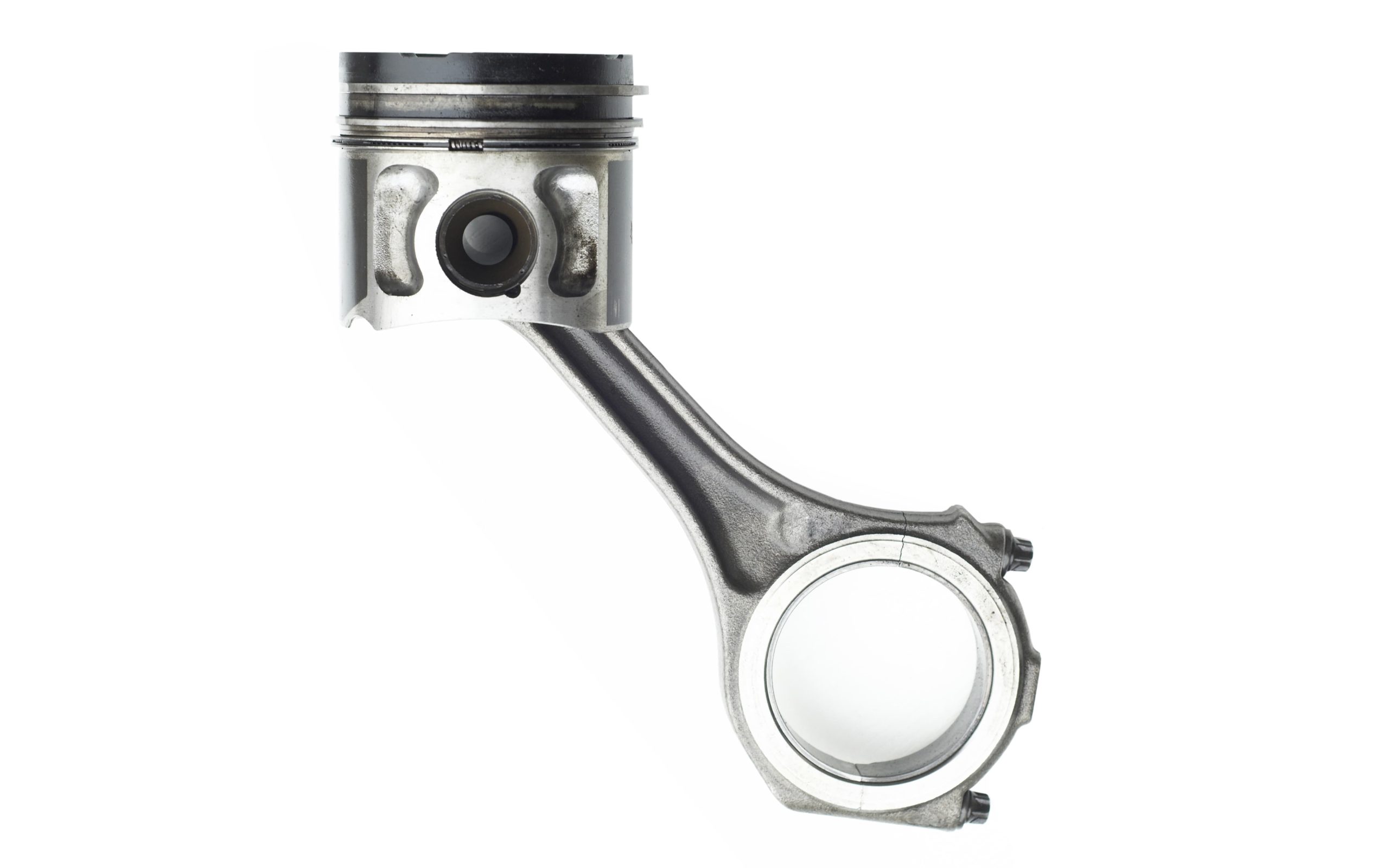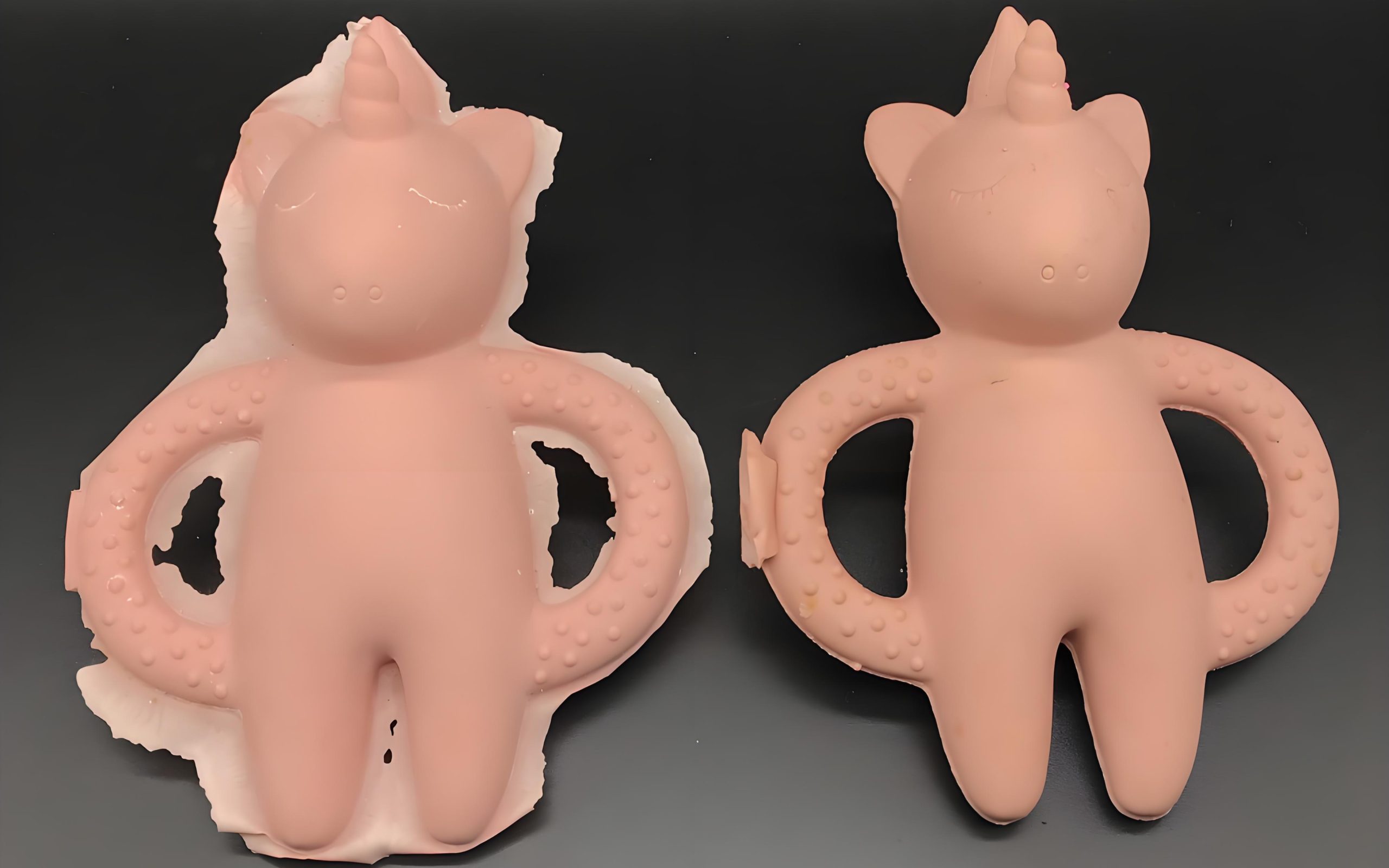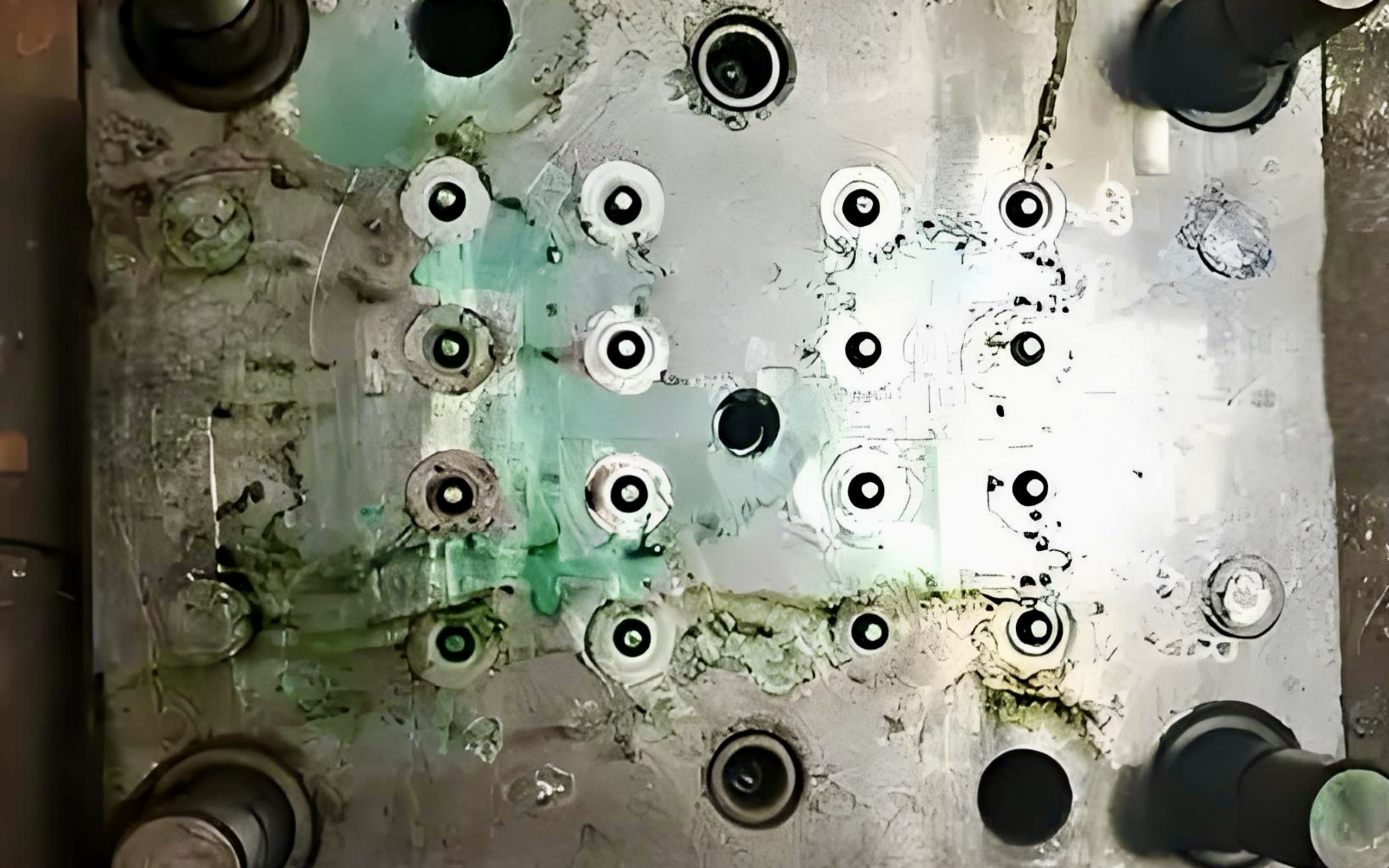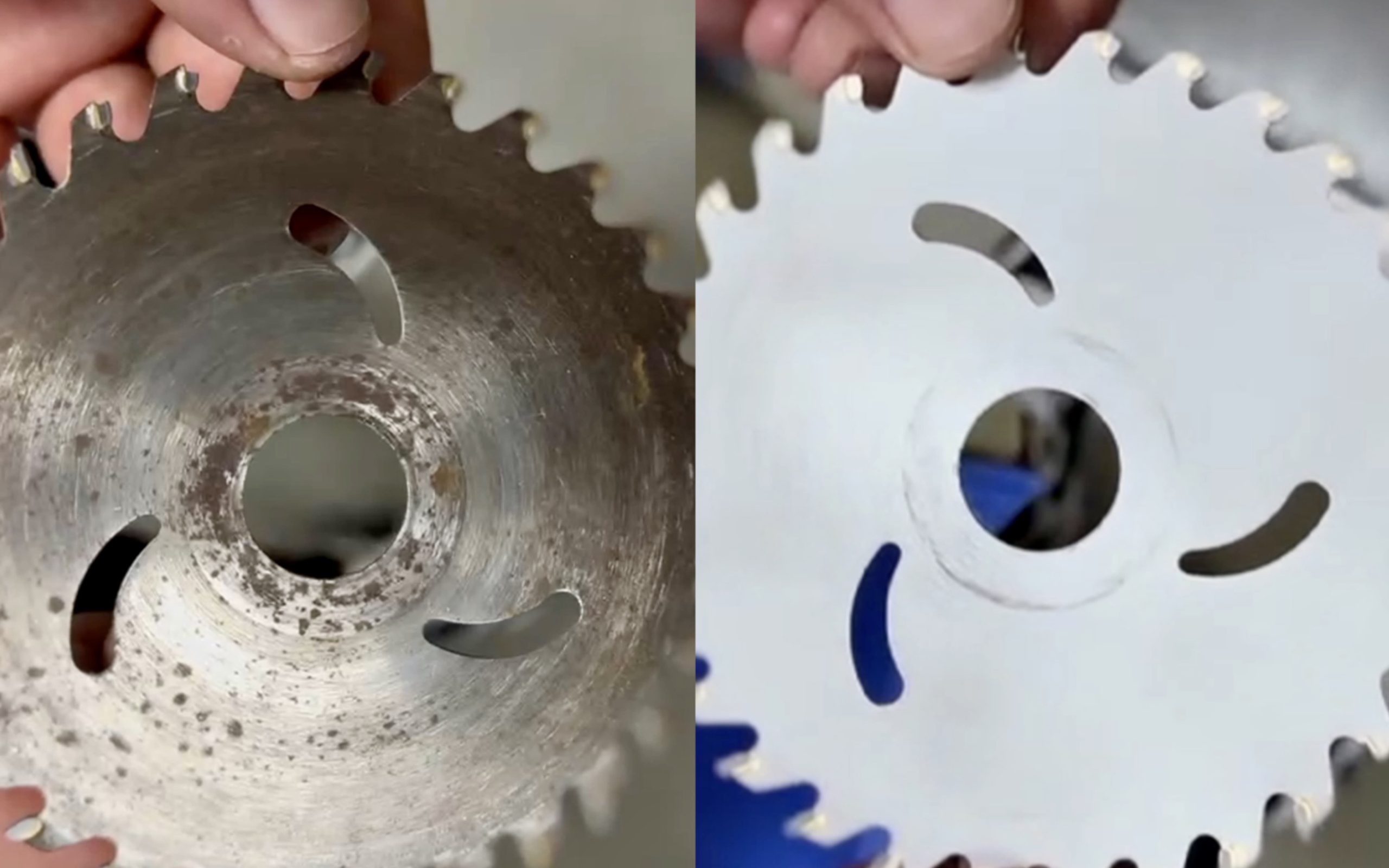Billes de zircone VS billes de verre : Quels sont les supports de sablage les mieux adaptés à vos besoins ?
9 octobre 2024
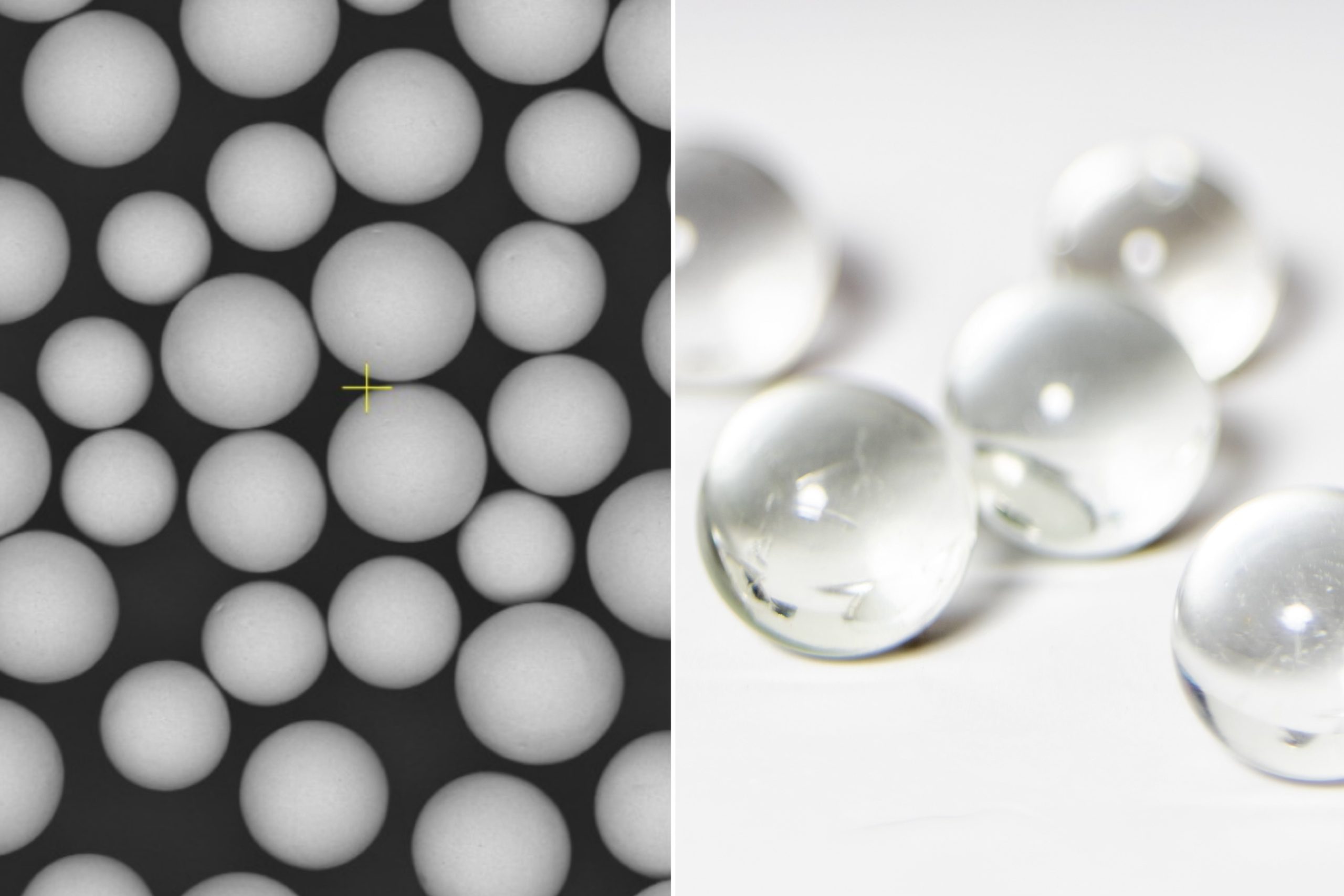
Dans l'industrie moderne, le choix du bon agent de sablage est essentiel pour garantir un traitement de surface fin du produit, augmenter la durée de vie de la pièce et réduire les étapes de traitement ultérieures. Les caractéristiques des différents agents de sablage font qu'ils présentent des différences significatives dans leurs effets lors du traitement de différents matériaux. Cet article se concentre sur les billes de zircone et les billes de verre, deux produits de sablage largement utilisés. Deux matériaux communs mais très différents, les billes de zircone sont souvent utilisées pour les opérations de sablage à haute intensité en raison de leur excellente dureté et durabilité, tandis que les billes de verre sont connues pour leurs effets de traitement de surface en douceur et conviennent au traitement fin et à l'embellissement de la surface. Grâce à une comparaison approfondie des deux matériaux en termes de matériau de la pièce, d'objectif du traitement de surface, d'économie et de protection de l'environnement, cet article vous aidera à choisir le support de sablage le plus approprié en fonction de vos besoins spécifiques afin de garantir l'efficacité et la sécurité du processus de traitement.
Introduction aux billes de zircone et aux billes de verre
Lors du choix d'un support de sablage, il est particulièrement important de comprendre la composition du matériau, les caractéristiques de performance, les avantages et les inconvénients des différents supports. Les billes de zircone et les billes de verre ont chacune des propriétés chimiques et des scénarios d'application uniques, adaptés à différents besoins de sablage.
Perles de zirconium(Click ici pour plus de détails)
Les billes de sablage à la zircone sont des supports de sablage fabriqués à partir d'oxyde de zirconium (ZrO₂) de haute pureté. En raison de sa grande dureté et de sa résistance élevée à l'usure, l'oxyde de zirconium présente d'excellentes performances en matière d'impact de surface et peut assurer une stabilité et une efficacité à long terme dans les processus de sablage à haute intensité. Les billes de sablage en zircone sont généralement blanches ou blanc cassé, résistantes aux températures élevées et chimiquement stables, et elles ne sont pas facilement affectées par l'huile ou les produits chimiques présents sur la pièce.
- Avantages
- Dureté élevée : Dureté Mohs 8-9, capable de traiter des matériaux durs, adaptée au nettoyage et au dégrossissage de grandes surfaces.
- Forte durabilité : haute densité du matériau, résistance aux chocs, résistance à l'usure, longue durée de vie, réduction du coût des remplacements fréquents.
- Stabilité chimique : Capable de maintenir ses performances à des températures élevées et dans des environnements fortement acides et alcalins, il convient à une utilisation dans des environnements chimiques et spéciaux.
- Bonne consistance : taille uniforme des particules, pas facile à briser, garantissant un effet de sablage constant.
- Réduction de la poussière : moins de poussière est générée pendant l'utilisation, ce qui réduit la pollution de l'atelier et améliore la sécurité de l'opérateur.
- Scénarios applicables
Les billes de zircone sont souvent utilisées dans les processus de traitement qui nécessitent une résistance élevée aux chocs et à l'usure et conviennent au traitement de matériaux durs tels que l'acier, la fonte, l'acier inoxydable, etc. Elles peuvent éliminer efficacement les couches de contamination lourdes et les oxydes, et sont donc largement utilisées dans les industries suivantes :
- Fabrication automobile : utilisé pour éliminer les taches de tartre et d'huile à la surface des pièces du moteur et du système de transmission afin d'assurer l'adhérence des revêtements ultérieurs.
- Aérospatiale : convient pour le sablage de haute précision de composants clés tels que les pales de turbines afin de garantir leur fiabilité dans des environnements extrêmes.
- Fabrication de moules : rendre la surface du moule rugueuse afin d'augmenter la durée de vie du moule.
- Entretien des équipements lourds : nettoyage et élimination de la couche anticorrosion des navires et des structures en acier pour garantir l'utilisation à long terme des équipements.

perles de sablage en zircone
Perles de verre
Les billes de verre sont des matériaux de sablage fabriqués à partir de verre de haute qualité par fusion et moulage à haute température. Leur composition chimique est principalement constituée de dioxyde de silicium (SiO₂). Les billes de verre ont une texture relativement douce, une dureté et une densité modérées et peuvent nettoyer efficacement la surface de la pièce sans endommager sa structure interne. Elles sont généralement translucides et lisses, et conviennent aux processus exigeant une surface lisse et brillante.
- Avantages
- Traitement de surface en douceur : En raison de la faible dureté des billes de verre (dureté de Mohs 5-6), la surface du matériau ne sera pas endommagée pendant le processus de nettoyage, ce qui convient au traitement de pièces plus fragiles.
- Maintenir la pièce lisse : Il peut maintenir la surface de la pièce lisse et brillante tout en éliminant la couche d'oxyde superficielle et les contaminants.
- Bonne protection de l'environnement : Les billes de verre peuvent être réutilisées et ne génèrent pas facilement beaucoup de poussière, ce qui réduit la pollution de l'environnement.
- Pas de pollution par le fer : Les billes de verre ne contiennent pas d'éléments en fer, ce qui convient au traitement de pièces dont la surface est soumise à des exigences strictes en matière d'absence de fer, afin d'éviter toute pollution secondaire.
- Bon effet de polissage : La surface peut être légèrement polie et polie pour améliorer l'aspect de la pièce.
- Scénarios applicables
La large application des billes de verre est principalement concentrée dans les scénarios de traitement avec des exigences élevées en matière de précision de la surface, mais sans impact sévère. Elles sont souvent utilisées pour le nettoyage fin et le traitement de surface des métaux et des non-métaux, et conviennent aux applications suivantes :
- Aérospatiale et appareils médicaux : Utilisé pour nettoyer la surface des pièces d'aviation et des dispositifs médicaux sans détruire la précision dimensionnelle des pièces, comme le polissage de la surface des pales de moteur d'avion et des dispositifs médicaux.
- Équipement électronique de précision : Nettoyage et micro-traitement des puces et des composants semi-conducteurs afin de garantir que la surface n'est pas endommagée.
- Décoration et embellissement des surfaces : utilisé pour le polissage des surfaces et le traitement esthétique des objets artisanaux, des bijoux et des décorations artistiques afin d'en améliorer l'aspect et la texture.
- Nettoyage des métaux légers : convient au nettoyage de la surface des matériaux métalliques plus tendres tels que l'aluminium et le cuivre, afin d'éviter la déformation ou l'endommagement des matériaux.
Facteurs clés influençant la sélection des supports de sablage
Lorsqu'il s'agit de décider s'il convient d'utiliser des billes de zircone ou des billes de verre pour le sablage, plusieurs facteurs doivent être évalués sous différents angles, notamment le matériau de la pièce, l'objectif du traitement de surface et les conditions économiques. Ces facteurs déterminent non seulement l'efficacité de l'opération de sablage, mais affectent aussi directement l'effet du traitement final.
Matériau de la pièce
Les différents matériaux des pièces à traiter nécessitent différents supports de sablage pour garantir que l'objectif du traitement de surface peut être atteint sans endommager ou modifier inutilement la pièce à traiter. À cet égard, les billes de sablage en zircone et les billes de verre conviennent chacune à différents types de matériaux.
- Matériaux applicables aux billes de sablage à la zircone
Les billes de zirconium conviennent au traitement de certaines pièces plus dures en raison de leur grande dureté et de leur résistance aux chocs :
- Matériaux métalliques : tels que l'acier inoxydable, la fonte, l'acier allié, etc. Les billes de sablage au zirconium peuvent éliminer en profondeur les contaminants tenaces tels que les couches d'oxyde, les produits de corrosion, les taches d'huile, etc. sur ces matériaux sans causer de dommages significatifs au substrat.
- Alliages à haute résistance : Particulièrement adapté aux pièces en alliage à haute résistance utilisées dans l'aérospatiale et les industries lourdes. Elles nécessitent une force d'impact et une résistance à l'usure plus élevées pour garantir que la qualité de la surface de la pièce n'est pas endommagée tout en assurant l'effet de nettoyage.
- Matériaux appropriés pour les perles de verre
Les billes de verre conviennent mieux aux matériaux de faible dureté et aux traitements délicats. En raison de leur faible dureté, les billes de verre peuvent nettoyer et polir les matériaux suivants sans endommager leur surface :
- Aluminium et ses alliages : Les billes de verre peuvent éliminer efficacement les légers oxydes à la surface tout en préservant la douceur et la précision dimensionnelle du matériau. Les produits en aluminium sont largement utilisés dans les secteurs de l'aérospatiale, de l'automobile et de l'électronique. Les billes de verre jouent donc un rôle important dans le traitement de surface dans ces domaines.
- Plastiques et résines : Pour certaines pièces en plastique de haute précision ou certains produits en résine, les billes de verre peuvent éliminer en douceur les impuretés de surface sans provoquer de fissures ou de déformation de la surface en raison d'une force d'impact excessive.
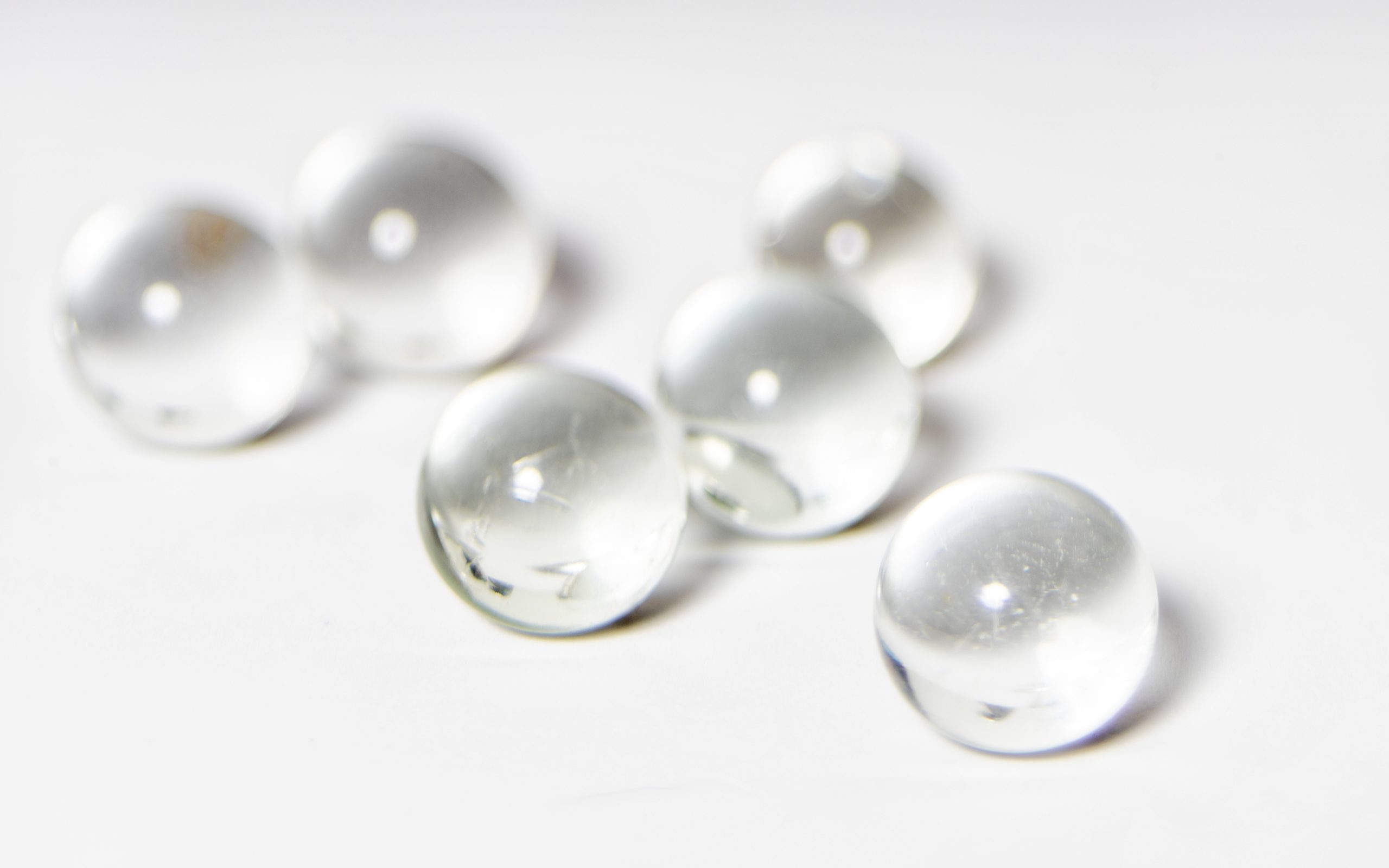
Perles de verre
Objectif du traitement de surface
L'objectif de l'opération de sablage est un autre élément clé à prendre en compte lors de la sélection des produits de sablage. Des exigences différentes en matière de traitement de surface détermineront le média le mieux adapté.
- Objectifs de traitement des billes de sablage en zircone
Les billes de zircone conviennent principalement aux traitements de surface suivants :
- Rugosité : La dureté élevée de ce matériau le rend très approprié pour les processus qui nécessitent une rugosité de surface, en particulier avant le revêtement ou la galvanoplastie, afin de fournir une surface à forte adhérence pour le substrat. Les billes de céramique peuvent graver profondément la surface de la pièce à usiner, fournissant ainsi une excellente base d'adhérence pour les processus ultérieurs.
- Nettoyage de grandes surfaces : Lors du nettoyage de grandes surfaces de contaminants tenaces, tels que la calamine sur l'acier ou la saleté épaisse sur les alliages à haute résistance, les billes de sablage à la zircone peuvent effectuer le travail de manière efficace et complète. Elles peuvent éliminer les couches d'oxyde lourdes avec une force d'impact rapide, ce qui permet de gagner du temps.
- Objectifs de traitement des billes de verre
Les billes de verre sont souvent utilisées pour des traitements de surface plus délicats, en particulier dans des situations où la douceur et la brillance de la surface doivent être maintenues. Les applications typiques sont les suivantes
- Polissage et lissage des surfaces : Les billes de verre peuvent polir délicatement la surface de la pièce pour lui donner un aspect plus lisse et plus brillant. Ceci est particulièrement important pour les traitements de surface décoratifs et les processus qui exigent une grande esthétique.
- Nettoyage des surfaces et élimination des résidus : Pour certaines pièces nécessitant un nettoyage en douceur, les billes de verre peuvent éliminer efficacement les contaminants mineurs (tels que la poussière et la corrosion légère) restant à la surface, sans affecter l'aspect ou la taille de la pièce. Ce type de nettoyage est très courant pour les instruments de précision et les surfaces d'appareils médicaux.
Conditions économiques et rapport coût-efficacité
Qu'il s'agisse de fabrication industrielle ou d'opérations à petite échelle, le coût est toujours un facteur important qui ne peut être ignoré lors du choix des abrasifs. Il existe une nette différence entre les billes de zircone et les billes de verre en termes de coût et d'avantages économiques.
- Économie des billes de sablage en zircone
Les billes de zircone ont un coût initial plus élevé, mais leur durabilité et leur longue durée de vie ajoutent à leurs avantages économiques dans les opérations à long terme. Les considérations économiques suivantes sont à prendre en compte :
- Longue durée de vie et fréquence de remplacement réduite : Bien que les billes de zircone soient plus chères, leur grande résistance à l'usure signifie que la fréquence de remplacement des abrasifs est faible dans le cadre d'une utilisation à long terme. Cela permet de réduire considérablement les temps d'arrêt et de maintenance et d'économiser les coûts de main-d'œuvre pour les lignes de production industrielle à grande échelle.
- Convient aux opérations de haute intensité : Grâce à leur densité élevée et à leur résistance aux chocs, les billes de zircone peuvent supporter les impacts répétés des équipements de sablage à haute pression. Elles sont donc particulièrement adaptées au traitement de pièces dures, telles que les matériaux industriels de grande taille comme la fonte et l'acier. En termes de durabilité, non seulement elles ne se cassent pas facilement, mais elles peuvent également conserver leur effet de broyage pendant longtemps, ce qui convient particulièrement aux industries manufacturières qui nécessitent un traitement à grande échelle.
- Réduire les temps d'arrêt de la maintenance : En raison de la grande durabilité des billes de zircone, leur utilisation réduit le nombre de temps d'arrêt de l'équipement et les interruptions de production causées par les changements fréquents de support. Ceci est particulièrement important pour les usines ou les lignes de production à haut rendement qui nécessitent un fonctionnement ininterrompu 24 heures sur 24.
- Économie des perles de verre
En revanche, les billes de verre sont moins chères et conviennent aux opérations dont le budget est limité et dont les exigences en matière de traitement de surface sont moins strictes. Les considérations économiques relatives aux billes de verre sont les suivantes :
- Prix bas, adapté aux petites exploitations : Les billes de verre ont un faible coût d'achat et conviennent donc parfaitement aux opérations de sablage des petites et moyennes entreprises ou des projets uniques, en particulier dans les zones de traitement léger qui ne nécessitent pas de médias à haute résistance.
- Réutilisation : Les billes de verre ont également un certain degré de réutilisation, mais en raison de leur dureté inférieure, leur durée de vie est plus courte que celle des billes de zircone. Par conséquent, dans les opérations à long terme et à grande échelle, les billes de verre peuvent devoir être remplacées fréquemment, ce qui augmente les coûts d'exploitation.
- Exigences élevées en matière d'entretien : Les billes de verre étant sujettes à la casse et à l'usure, l'équipement de sablage doit être nettoyé régulièrement afin d'éviter les pannes dues à l'accumulation de débris. Le remplacement fréquent des médias signifie également que les opérateurs ont besoin de plus de temps pour la maintenance, ce qui peut entraîner certains problèmes de coût et d'efficacité dans la production à grande échelle.
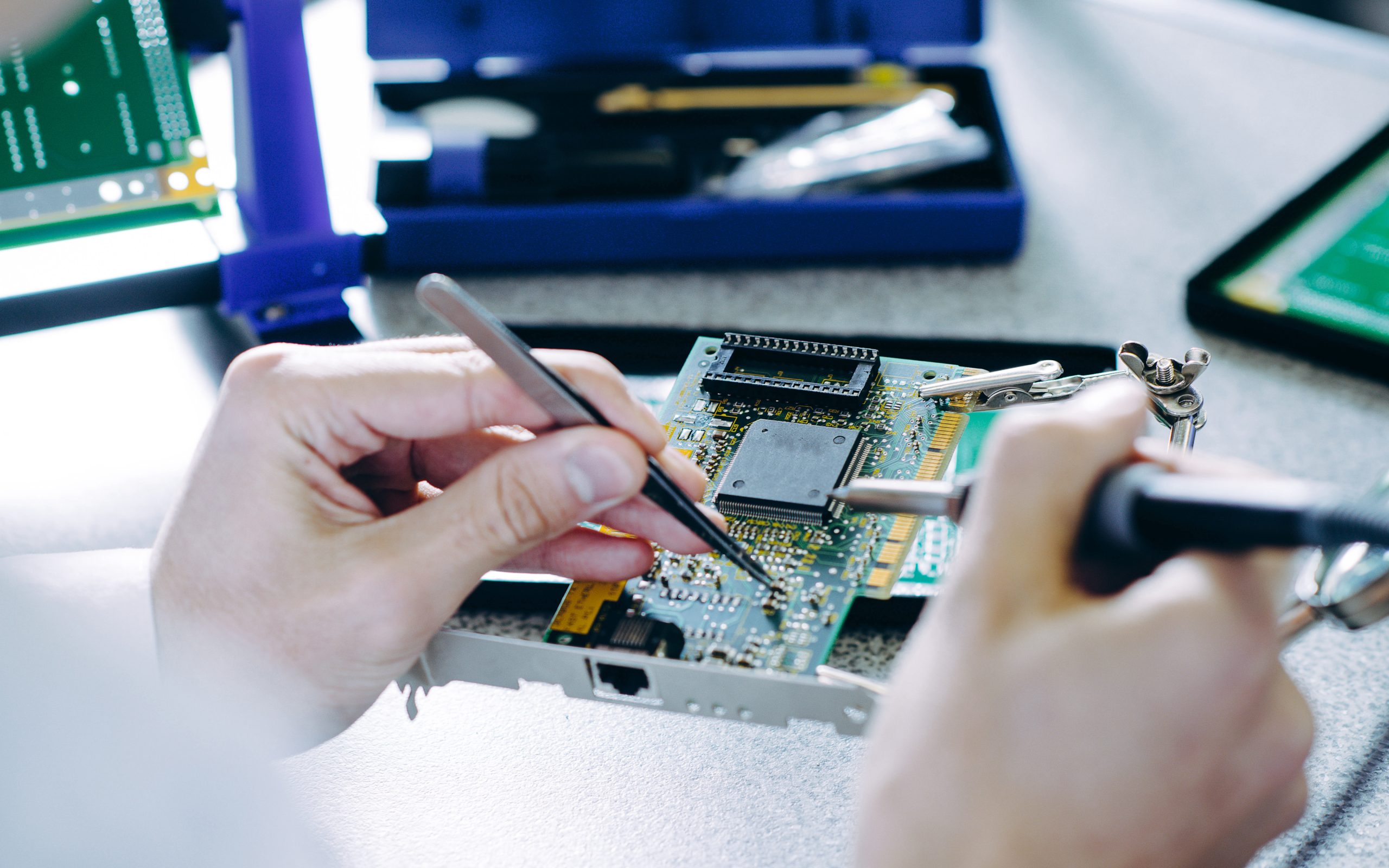
Instruments de précision
Résumé : Comparaison du rapport coût-efficacité des deux médias
- Perles de zirconium
- Investissement initial élevé : Le coût d'achat des billes de zircone est relativement élevé, surtout par rapport aux billes de verre. En raison de la complexité du processus de fabrication et de la rareté des matériaux, le coût d'achat des billes de zircone est souvent plusieurs fois supérieur à celui des billes de verre.
- Des avantages significatifs à long terme : Malgré l'importance de l'investissement initial, la résistance élevée à l'usure et le faible taux de perte des billes de sablage en zircone dans le cadre d'une utilisation à long terme les rendent plus économiques dans le cadre d'une production à grande échelle à long terme. Du point de vue de la fréquence de remplacement, de l'exploitation et de la maintenance, les billes de céramique permettent non seulement d'économiser des ressources humaines, mais aussi de réduire les temps d'arrêt de l'équipement, améliorant ainsi l'efficacité globale de la chaîne de production.
- Convient à la production à grande échelle : Pour les entreprises industrielles qui nécessitent un traitement continu et à haute intensité, les billes de zircone peuvent offrir un meilleur rapport coût-efficacité. Dans les domaines de l'aviation, de l'automobile et de la métallurgie en particulier, les entreprises ont tendance à accorder plus d'attention à l'efficacité de la production à long terme, de sorte que le choix de billes de zirconium plus durables peut réduire efficacement les coûts à long terme.
- Perles de verre
- Faible coût initial : Le coût d'achat unique des billes de verre est nettement inférieur à celui des billes de zircone, ce qui en fait un choix idéal pour les petites et moyennes entreprises ayant des budgets limités ou des projets à court terme. La disponibilité et le processus de fabrication relativement simple des billes de verre déterminent leur avantage en termes de prix.
- Les remplacements fréquents augmentent les risques à long terme coûts : Toutefois, en raison de la faible dureté et de la courte durée de vie des billes de verre, les entreprises doivent fréquemment remplacer le produit, ce qui entraîne une accumulation progressive des coûts matériels lors de l'utilisation à long terme. Bien que le coût initial soit faible, en raison du remplacement fréquent du produit et de la maintenance de l'équipement, le coût à long terme des billes de verre n'est pas aussi élevé que celui des billes de zircone.
- Convient aux opérations à petite échelle : Pour certains projets à court terme ou pour le traitement de pièces légères, les billes de verre constituent sans aucun doute un choix plus rentable. En particulier dans les scénarios d'application avec des budgets serrés ou de faibles exigences en matière de traitement de surface, les billes de verre peuvent rapidement accomplir la tâche sans investissement excessif.
Dans le domaine du sablage, les billes de zircone et les billes de verre ont chacune leurs avantages et leurs inconvénients. Quel que soit le support de sablage que vous choisissez, vous devez l'étudier de manière approfondie en fonction du matériau de la pièce, de l'objectif du traitement de surface et des avantages économiques à long terme. Ce n'est qu'en analysant l'ensemble de ces facteurs que vous pourrez vous assurer que l'opération de sablage donne les meilleurs résultats tout en tenant compte de la rentabilité et de l'efficacité de la production.
Filtres


